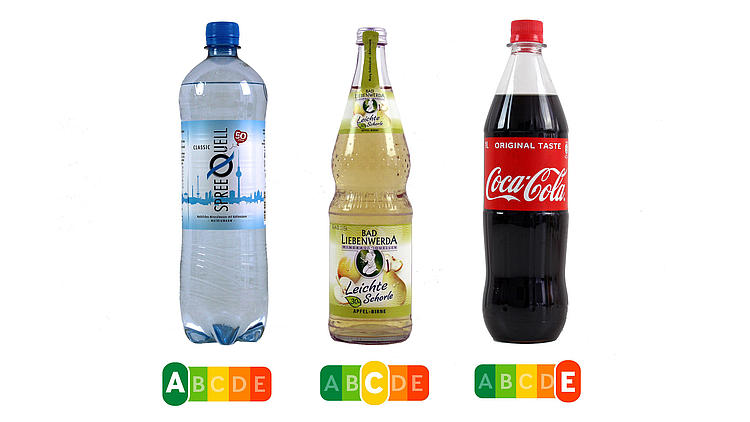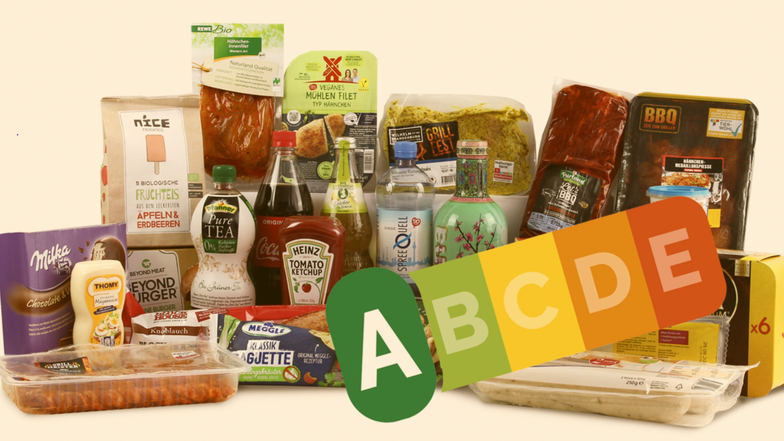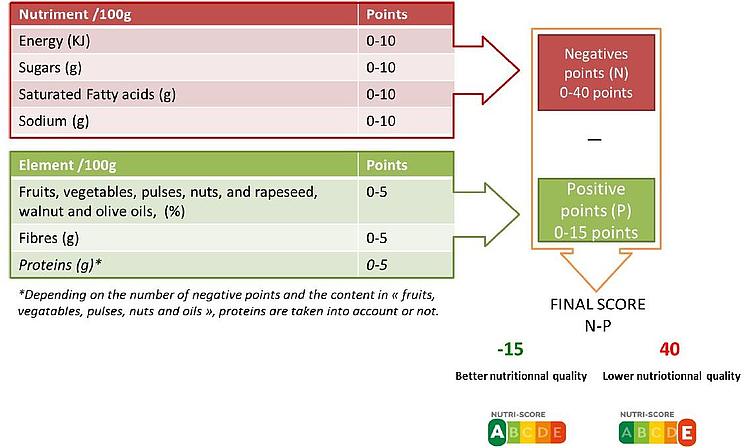Nutri-Score is a nutritional labelling system printed on the front of each food packaging. With the aid of the traffic light colour-coded letter scale, consumers can see at a glance how balanced or unbalanced a food product is - especially in the case of processed products.
Nutritional value tables with information on sugar, fat, salt or carbohydrates are usually found only in the small print on the back of the packaging. They are therefore often difficult to even read, never mind understand! In addition it is difficult to compare the nutritional quality of different products. This contributes to the widespread incidence of malnutrition. Scientific studies show that the Nutri-Score is the most understandable form of nutritional labelling. It helps consumers to make more transparent and healthier purchasing decisions.
Nutri Score Criterias
To calculate the Nutri-Score, favourable nutrients, which should be consumed in abundance, are set off against unfavourable nutrients, which should only be consumed in small quantities. Fibre, protein, fruit and vegetables have a positive effect, while saturated fatty acids, sugar and salt have a negative effect. Different types of biscuits, yoghurts or lemonades can be easily compared, as the Nutri-Score refers to 100 grams or 100 millilitres.
Five-level colour scale
The result is translated into a five-level colour scale, which is backed by the letters A-E. Rather balanced products get a dark green A or light green B, in the middle range there is a yellow C and rather unbalanced products like sweets or fatty snacks get an orange D or even a red E.


